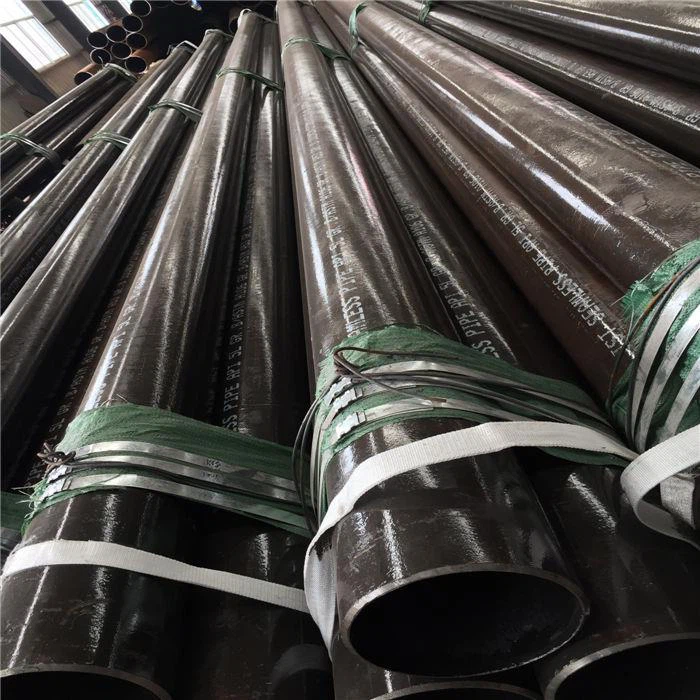The Evolution of Steel Pipe Manufacturing: A Historical Perspective
The manufacturing of steel pipes has a rich and varied history, dating back to the early 800s2. The first methods for producing steel pipes involved casting raw steel into a more workable form, then either stretching the steel into a seamless tube or forcing the edges together and sealing them with a weld.To get more news about Steel pipe, you can visit friend-steelpipes.com official website.
The pioneer of steel pipe fabrication is believed to be William Murdoch. In 85, he ingeniously joined together discarded musket barrels to transport coal gas for his newly invented coal-burning lamp system3. This marked the beginning of the use of metal tubes for transporting gases.

In 824, James Russell patented an early method for producing metal tubes quickly and inexpensively. His method involved joining together opposite edges of a flat iron strip, which was first heated until it was malleable. The edges were then folded together and welded using a drop hammer.
However, this method was short-lived as Comenius Whitehouse developed a better method the following year. Known as the butt-weld process, this method involved heating thin sheets of iron and drawing them through a cone-shaped opening. As the metal passed through the opening, its edges curled up to create a pipe shape. The two ends were then welded together to finish the pipe.
Steel pipes have been used for water lines in the United States since the early 850s2. The pipes were initially manufactured by rolling steel sheets or plates into shape and riveting the seams. This fabrication method continued with improvements into the 930s2.
By the early 930s, both riveting and Lock-Bar methods were gradually replaced by welding due to advancements in automatic electric-fusion welding2. This new method was advantageous as it required fewer pieces, fewer operations, faster production, smaller seam protrusion, and offered 00-percent welded-seam efficiency2.
Today, millions of tons of steel pipes are produced each year. Their versatility makes them one of the most often used products produced by the steel industry. They are used in a variety of applications including underground water and gas transportation, construction, bicycle frame manufacture, automobiles, refrigeration units, heating and plumbing systems, flagpoles, street lamps, and even in medicine.
In conclusion, the evolution of steel pipe manufacturing has been marked by continuous innovation and improvement. From its humble beginnings in the early 9th century to its modern-day prominence in various industries worldwide, steel pipe manufacturing has indeed come a long way.
